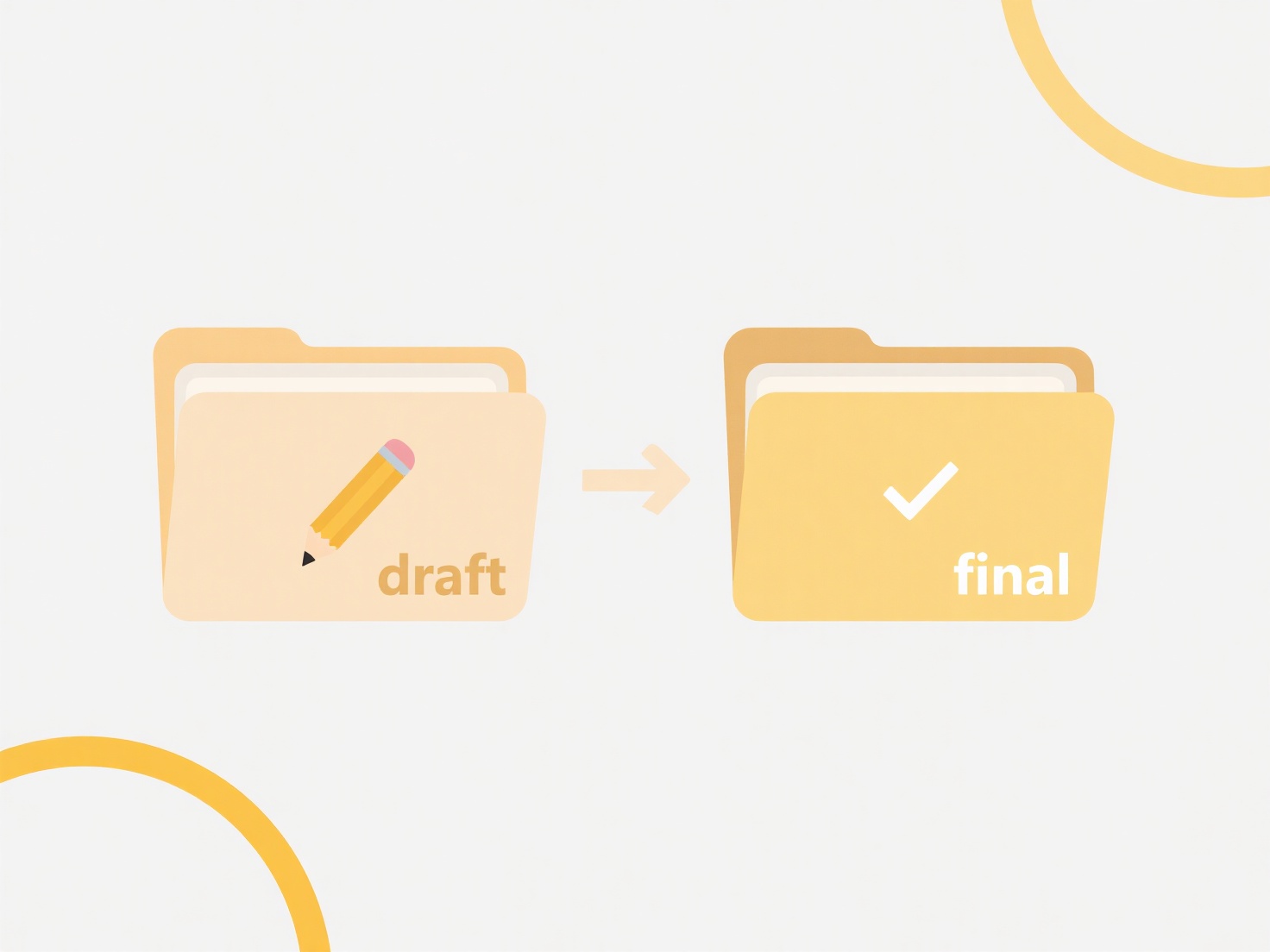
Relevance sorting ranks results based on how closely they match your search query, considering factors like keywords, content quality, and user engagement patterns. Date sorting orders results chronologically, typically showing the newest or oldest items first. Platforms often default to relevance, believing it offers the most useful results initially, while date sorting lets you prioritize recency over match quality. Both options usually appear as toggles or dropdown menus within search results interfaces.
Journalists frequently use date sorting in news databases (e.g., LexisNexis, Google News) to find the latest developments on a story. Academic researchers might sort search results by publication date in libraries like JSTOR or PubMed to discover the most recent studies on a topic. Conversely, relevance sorting is standard in search engines like Google and e-commerce sites like Amazon to quickly surface the items or information most likely to satisfy a broad query.

Relevance sorting enhances efficiency for ambiguous searches but relies on opaque algorithms that might prioritize popular sources over more accurate ones, raising concerns about bias. Date sorting is crucial for time-sensitive information but risks burying highly relevant, older content. Future improvements could involve more transparent personalization or hybrid approaches, blending freshness with relevance based on context. Users should actively choose the sorting method based on their specific information need.
Can I sort search results by relevance or date?
Relevance sorting ranks results based on how closely they match your search query, considering factors like keywords, content quality, and user engagement patterns. Date sorting orders results chronologically, typically showing the newest or oldest items first. Platforms often default to relevance, believing it offers the most useful results initially, while date sorting lets you prioritize recency over match quality. Both options usually appear as toggles or dropdown menus within search results interfaces.
Journalists frequently use date sorting in news databases (e.g., LexisNexis, Google News) to find the latest developments on a story. Academic researchers might sort search results by publication date in libraries like JSTOR or PubMed to discover the most recent studies on a topic. Conversely, relevance sorting is standard in search engines like Google and e-commerce sites like Amazon to quickly surface the items or information most likely to satisfy a broad query.

Relevance sorting enhances efficiency for ambiguous searches but relies on opaque algorithms that might prioritize popular sources over more accurate ones, raising concerns about bias. Date sorting is crucial for time-sensitive information but risks burying highly relevant, older content. Future improvements could involve more transparent personalization or hybrid approaches, blending freshness with relevance based on context. Users should actively choose the sorting method based on their specific information need.
Related Recommendations
Quick Article Links
Can I define file naming templates by user role or department?
Yes, you can often define distinct file naming templates based on user role or department within specialized systems. Th...
What does “restricted access” mean on Google Drive?
Restricted access means that only specific people you individually approve can view or edit a file or folder stored in G...
How can I fix a corrupted document?
Document corruption occurs when a file becomes damaged and cannot open properly, often due to application crashes, sudde...